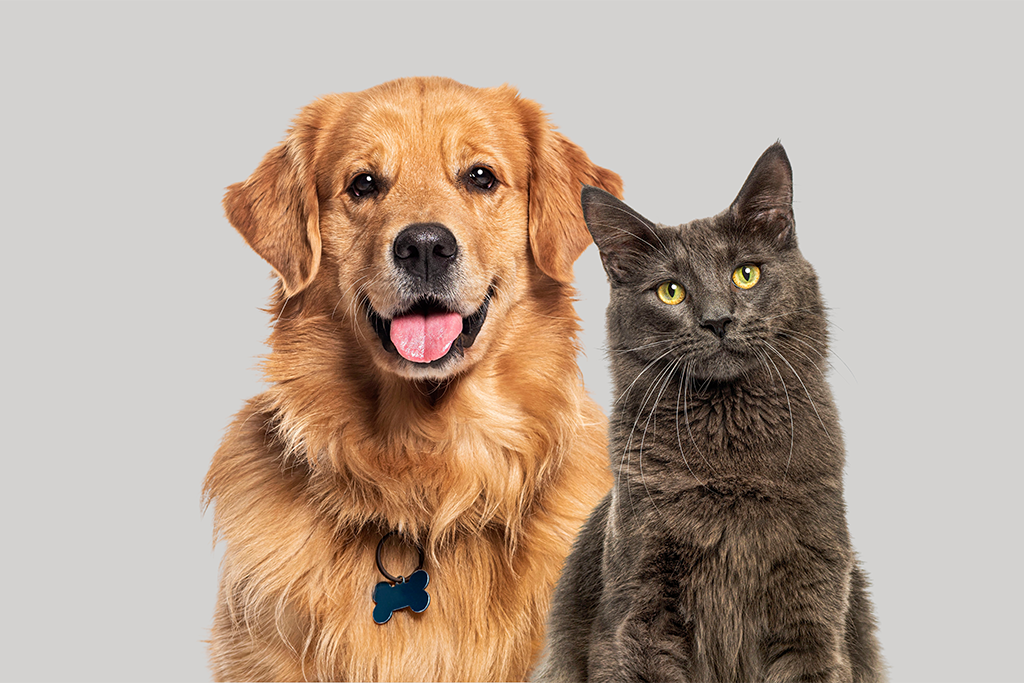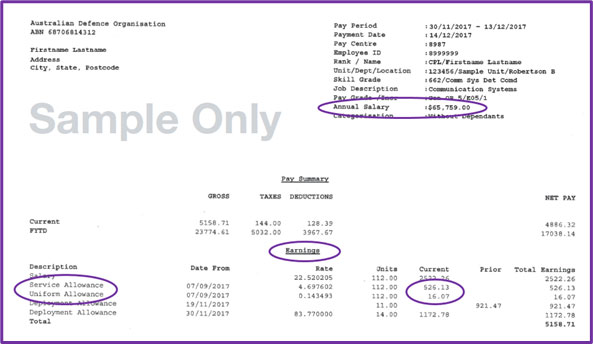
FOREWARNED IS FOREARMED: WHY PRE-PURCHASE BUILDING INSPECTIONS ARE ESSENTIAL FOR AUSTRALIAN HOME BUYERS
July 30, 2025
AI CHATBOTS AND YOUR TAX RETURN
August 18, 2025Should the dream of owning a pet come with a plan for how to pay for it? We all know having a pet, such as a cat or dog, is a big responsibility, and nearly all pet owners wouldn’t have it any other way. It may be, though, when playing with a new fur friend, that we haven’t fully considered how much it’s going to cost – and whether we should insure our pets to help manage the risk associated with them. Pet insurance has become increasingly popular in Australia, and there may be some myths about it, which we will aim to address. This article focuses primarily on dogs and cats; however, any beloved animal that becomes our responsibility will have financial considerations.
The True Cost of Pet Ownership
Did you know that owning a dog costs the average household $4,247, and cats a more modest $2,718 each per year, according to 2022 figures? How many households have multiples – of each?
Here’s a breakdown of estimated pet-related expenses that may be useful when budgeting for a new pet:
| Category | Dogs – Average spend in 2022 | Cats – Average spend in 2022 |
|---|---|---|
| Food | $2,024 | $1,595 |
| Veterinary services | $631 | $388 |
| Products or accessories | $349 | $181 |
| Healthcare products | $323 | $280 |
| Clipping and grooming | $196 | $70 |
| Training, behaviour, therapy | $166 | $22 |
| Pet Insurance | $152 | $94 |
| Boarding, minding | $104 | $53 |
| Walking | $95 | $0 |
| Competitions, memberships | $71 | $6 |
| Transport | $70 | $16 |
| Alternative healthcare treatments | $65 | $7 |
| Total Average Annual Cost | $4,247 | $2,718 |
Additional costs for young pets
Young pets usually come with additional “set up costs” such as microchipping, desexing, vaccinations, equipment and training expenses. At the same time, if you’re considering coverage for your pet, insuring them from when they are very young may be crucial in keeping their premiums down.
Where to put these in your budget?
In our budgeting tool, you’ll find the following categories under “Other regular expenses:”
- Pet food
- Pet incidentals
- Vet costs
- Other pet costs
- Pet insurance
We will look at the pros and cons of pet insurance next to help you decide whether it is likely to be worth it for you.
The Case for Pet Insurance
Financial protection and peace of mind
No one wants to be faced with expensive vet bills that they have not prepared for. A CHOICE magazine reader shared this experience:
“We have had four boxer dogs insured over the last 20 years and would not be without pet insurance. Our experience has been phenomenal. Every claim has been paid promptly, and without investigation or incident. In 2017 our insurance paid out over $35,000 on two of our boxers. They have been exceptional and provided us the money to give our pets the very best treatment.”
Coverage can act as a buffer, preventing you from having to make the most difficult end-of-life decisions based purely on cost. The 2022 average spending on pet insurance was $152 for dogs and $94 for cats, though premiums even in 2022 were as high as $4,500 annually.
Market improvements since 2019
Prior to 2019, there were only two major companies offering policies in Australia. With increased competition, we’ve seen lower costs and more options, including:
- Better coverage for pre-existing conditions (if fully cured)
- Streamlined electronic claims processes
- Removal of unfair restrictions around vaccination coverage and emergency care
What coverage can include
Depending on your policy, coverage may include:
- Accidents, illnesses and diagnostics
- Surgery and hospitalisation
- Some alternative therapies
- Optional routine care add-ons
The Case against Pet Insurance
Cost concerns
With current premiums ranging from $180-$4,500 annually, cost is a major concern. It’s also worth noting that there are age-related premium increases, and some customers have experienced significant unexpected price hikes. As one pet owner told CHOICE magazine:
“I changed pet insurers in the last 12 months due to my original insurer having significant premium increases.”
Another customer shared:
“The price of our premiums increased from $448 to $542 per year. For a very young dog that’s outside of the ‘risk age’ this increase seemed very excessive.”
Coverage limitations
Be aware of potential restrictions including:
- Exclusions for dental care and routine preventative care
- Caps and sublimits (for example, $300 consultation fee limits)
- Pre-existing condition restrictions
- Reduced coverage as pets age
Practical challenges
Having coverage comes with some practical considerations. The optimal time to consider pet insurance is when pets are young (ideally around 3 months), with limited options available after age 8. There may be difficulties insuring rescue animals, and as with other types of insurance, there can be claims processing issues and disputes.
Your next question might be: from whom should you take advice about coverage? It is generally considered appropriate for veterinarians in Australia to provide factual information about pet insurance, as it can help pet owners manage unexpected costs and ensure their pets receive necessary care. However, veterinarians are required to avoid specific product recommendations and any actions that could be perceived as self-serving or conflicted. If you were considering an expensive pet insurance policy you may seek advice from a licensed financial adviser, perhaps as a part of your broader financial planning.
Making the Decision: Is Pet Insurance Right for You?
Recommendations
Have a chat with your vet about breed-specific risks, bearing in mind that they aren’t insurance salespeople. When it comes to talking with pet insurers, compare multiple quotes and policy details carefully.
You may also want to consider the alternative – a dedicated savings account that acts as your “pet emergency buffer,” especially if you have multiple pets where one long-term account may cover the majority of their costs over time and if you don’t end up spending all the money on your fur friends you have savings for other purposes.
Conclusion
In the end, it’s prudent to weigh the improved market conditions against the ongoing limitations of pet insurance. It’s as important to understand what’s in your pet’s potential policy as it is to understand what’s not covered. Like any insurance decision, the right choice depends on your individual circumstances, risk tolerance, and financial situation.







